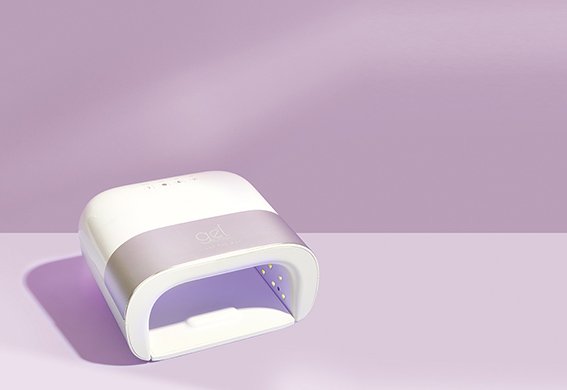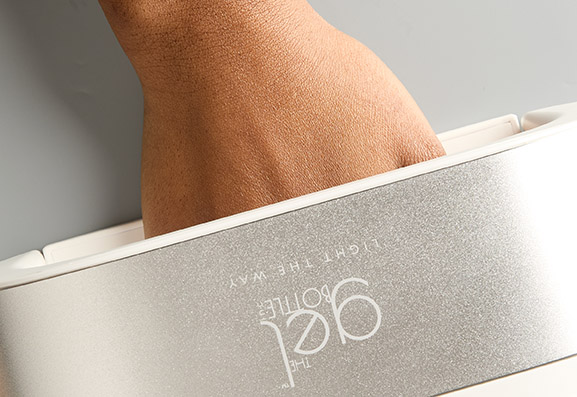Why Challenging Industry Standards Matters: Insights from Our Study on Capping the Free Edge.
Hi guys, Giorgia Cappella here, Head of Education & Spa for TGB.
As a technician and educator within the industry for 6 years, I have observed new products bought to market with new and exciting application methods that challenge industry standards. With the growing use of social media, technicians are developing their own personal preference for application techniques and with this comes the need to develop education within the industry, ensuring that we do not blindly follow industry norms, and instead, embrace and encourage change if necessary.

As an educator for TGB, the prospect of being able to challenge industry norms to ensure they’re still effective really excites me. Developing our education in this way can only better the industry and support my fellow technicians. With new innovations, its crucial to revisit and challenge existing methods to ensure they are effective, which leads us to the first of our educational studies.
Capping the free edge during product application has always been a standard practice, it involves sealing the free edge with product, including base, colours and topcoats before the curing process with the aim of reducing chipping from the free edge.
Recently we are seeing more and more technicians skip this stage of their application with no premature chipping as a result (myself included) and with many students asking for my reasoning behind the change, this seemed like a good place to start!
Working alongside our Compliance team we developed the brief for our study. We wanted to understand whether Capping the Free Edge during product application influenced premature chipping of manicures or not and whether sealing the free edge in-fact created an opportunity for damage. Using an external research facility, we conducted anonymous testing to ensure non-biased results with 50% of the group capping the free edge and 50% not capping the free edge. We tested this against both 2 in 1 base, Rubber Base and BIAB. Manicures were completed and the results 3 weeks later were very interesting.

The analysis of the results indicates that there is not a significant correlation between chipping and the practice of capping the free edge. The data obtained from the study, with a sample size of 60, suggests that the occurrence of chipping does not exhibit a discernible pattern or association with whether the free edge was capped or not. These findings imply that other factors, beyond the capping of the free edge, may contribute more substantially to the occurrence of chipping.
So, to summarise, there is no correlation between capping/not capping the free edge and premature lifting, meaning that this step is not necessary to prevent premature lifting and instead becomes personal preference for application and finished look. It may be that the development of products over the years means that formulas within the industry are harder wearing and less prone to chipping than products developed years ago so conducting research like this is crucial to ensuring that our application methods and the reasoning behind them are accurate, safe and effective for the current and ever growing industry whilst also encouraging the industry to challenge the norms, think outside the box and continually develop our education. TGB works hard to ensure our formulation is long lasting and hard wearing so whilst we have seen positive results with our formula, this might not be the case for other brands.
Are there any industry standards you want to question? Let us know what studies we should consider next!